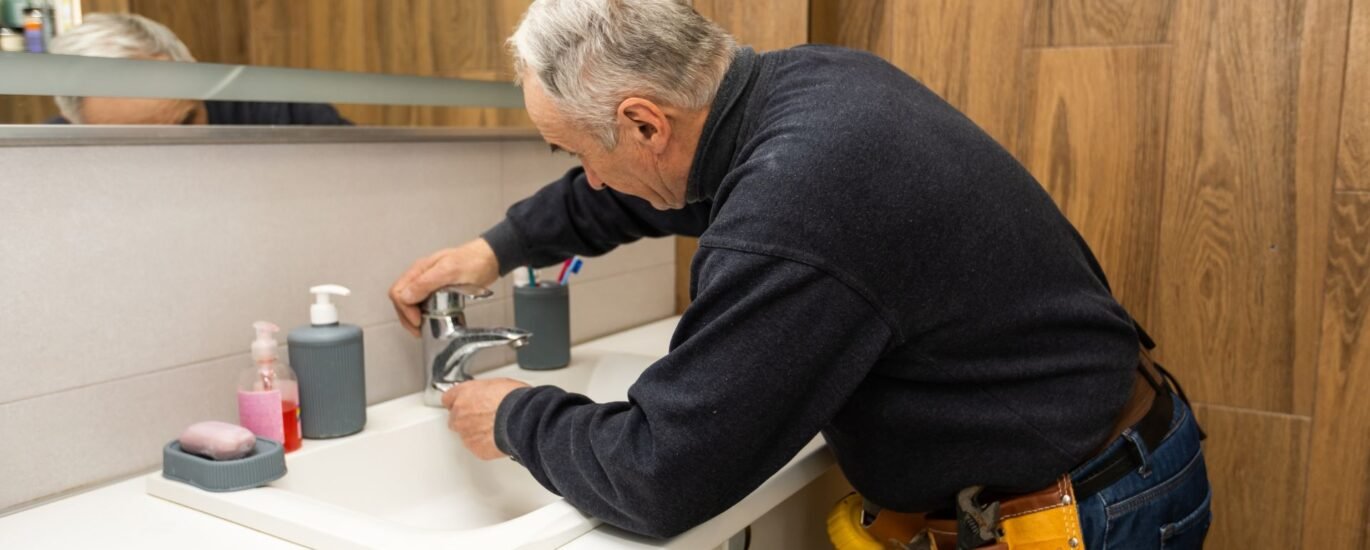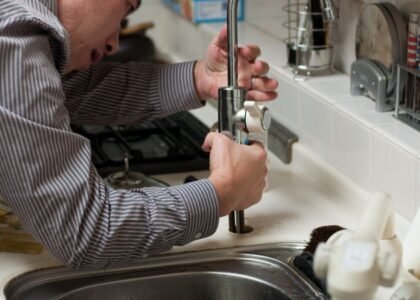Introduction
When your faucet or sink malfunctions, that first impulse is often “can I fix it?” But sometimes repairing is only a patch, and replacement is a smarter long-term decision. In this guide, we’ll walk through how to decide whether to repair or replace, detail repair options, and map out how to execute either path. We’ll also link back to Blog 1 (common problems) and preview maintenance strategies in Blog 3.
If you want us to handle your job, check out our Faucet & Sink Repair or contact us.
Why the “repair or replace” question matters
Doing the wrong thing can lead to:
- Repaired parts failing soon again
- Extra labor costs
- Wasted parts and materials
- Frustration with recurring issues
So, making the right call early saves you time, money, and hassle.
Key factors to weigh
| Factor | When Repair Makes Sense | When Replace Is Better |
|---|---|---|
| Age & condition | Newish faucets/sinks, minor damage | Older fixtures, widespread corrosion |
| Cost of parts/labor | Parts are affordable, issue isolated | Multiple parts failing or unavailable |
| Functionality & performance | Still performs after repair | Upgrading for better flow, style, or efficiency |
| Compatibility | Replacement parts available | Retrofit may require full replacement |
| Long-term reliability | You’ll get years from repair | Replacement gives fresh, clean slate |
If you find yourself in the “replace” column on more than one factor, replacement is often the better investment.
Repair methods for faucets & sinks
Cartridge / disk / ceramic repair
- Disassemble and replace cartridge or disk.
- Clean or polish valve seats.
- Replace seals or O-rings.
Seal, washer, and gasket replacement
- Remove worn rubber or rubber-like parts.
- Install new seals or washers.
- Clean surrounding surfaces for better sealing.
Re-seat or repair valve seats
- Use seat-dressing tools to recondition the area.
- When seats are worn or deeply damaged, replacement is needed.
Partial component replacement
- Replace spouts, handles, escutcheons, etc., while retaining core bodies.
- Useful when only part of the system is failing.
Addressing sink components
- Replace pop-up drains, lift rods, or stop-valves.
- Re-seat or re-caulk sink faucets and connections.
Steps for a smart replacement (if that’s the decision)
- Choose a faucet/sink model that fits your current plumbing footprint (holes, spacing).
- Turn off water supply and drain remaining pressure.
- Remove existing unit carefully (disconnect supply, unscrew mounting).
- Clean the installation surface and drain area.
- Follow manufacturer instructions for new unit—seal tight, avoid overtightening.
- Reconnect supply lines, test without load, check for leaks.
A professional can streamline that and ensure everything meets code.
Cost comparisons & value analysis
- Minor repairs (O-ring, seal) often cost far less than replacing entire units.
- But if the repair cost climbs close to replacement value, replacement may be more prudent.
- Replacement also opens opportunity for upgrades: water-saving models, better style, added features.
When in doubt, call an expert
If you’re unsure which path to take:
- Use your knowledge from Blog 1’s common problems to assess the issue.
- Check replacement part availability.
- Consider the long-term outlook—if you’ll just repair again soon, replacing is smarter.
- And if you want us to step in now, visit our Faucet & Sink Repair page or reach out via contact us.



